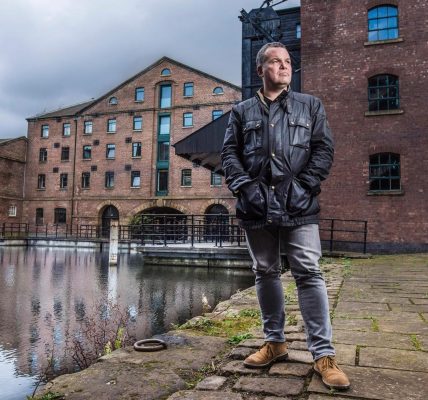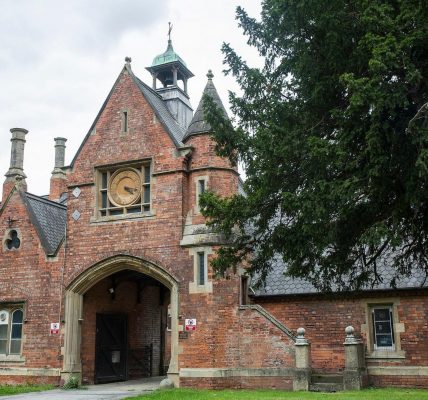Why Bradford must not be allowed to miss out on Northern Powerhouse Rail – Tom Bridges
A well-connected, functioning transport system is the foundation of any successful economy.
When people and goods can move around more easily, workers can reach better-paid, more skilled jobs – and businesses can access a much larger talent pool and range of markets. This attracts investment, which in turn stimulates growth, regeneration, enterprise and innovation.
This theory of agglomeration is one of the core principles of the Northern Powerhouse. Construction has not yet started on HS2 to Leeds, yet business confidence in the city has soared due to high-speed rail acting as a magnet for businesses looking to capitalise on a huge labour market.
This success has not been shared by its nearest neighbour, Bradford. Bradford District’s productivity stands at only around 70 per cent of the national average, with Government spending far outweighing tax contributions. Despite being between two of the North’s most prosperous cities, Manchester and Leeds, Bradford’s poor connectivity means its talent is hidden away, locked out of neighbouring labour markets.
Linking Bradford into an integrated high-speed rail network that runs north to south, east to west across the country would change that. On Monday, Bradford Council launched plans, informed by work by Arup, for a Northern Powerhouse Rail station built at St James Market in the city centre by 2030, backed by experts and business leaders from the North.
The new station will integrate the new rail route with faster local rail services, bus, mass-transit, new walking and cycling routes and green corridors to spread the benefits and connect with the wider city centre and nearby neighbourhoods.
Building the first stage of Northern Powerhouse Rail through Bradford city centre to Leeds could create a labour market of over 1.3 million people and over 600,000 jobs. Once it is complete, it would add over half a million people to labour markets in West US and Greater Manchester.
Improved frequency, better reliability and shorter journey times would transform the landscape of opportunities for young people growing up in Bradford, unlocking the regeneration of the Southern Gateway area and developing the city’s assets in health innovation, higher education, manufacturing and clean growth.
New rail links are a catalyst for the transformation of cities in Europe. Before the opening of the TGV Nord in 1994, Lille had been in decline due to the restructuring of traditional textiles and manufacturing industry. The new city centre station paved the way for major station-orientated regeneration, a local mass transit system, and a transformation of the city’s cultural offer.
Bradford has an equally coherent strategy for transport to unlock place-shaping and growth on a city scale. Locking Bradford out of the high-speed rail network would mean writing the city off for decades to come. It would mean ignoring the huge economic potential of one of the youngest, fastest-growing, most diverse cities in the country.
This isn’t about throwing money at the problem, expecting nothing back in return. It’s a serious economic argument about targeting investment to address the structural problems that are holding Bradford back from growth – growth that would allow it to add to the overall UK economy, not take from it.
Levelling up – real levelling up – will require a radical transformation of the North’s transport network. We need the new NPR line to connect Bradford, Leeds and Manchester. We need it to go all the way to Liverpool and to Hull. We need it to better link the North East. And we need it to link into the eastern leg of HS2, as part of a green transport revolution.
Our vision for the Northern Powerhouse is an ambitious one. We don’t just see problems – we see potential. We cannot afford to let cities such as Bradford get left behind.










